Needles for machine embroidery: what to use when?
This site contains affiliate links to products. We may receive a commission for purchases made through these links.
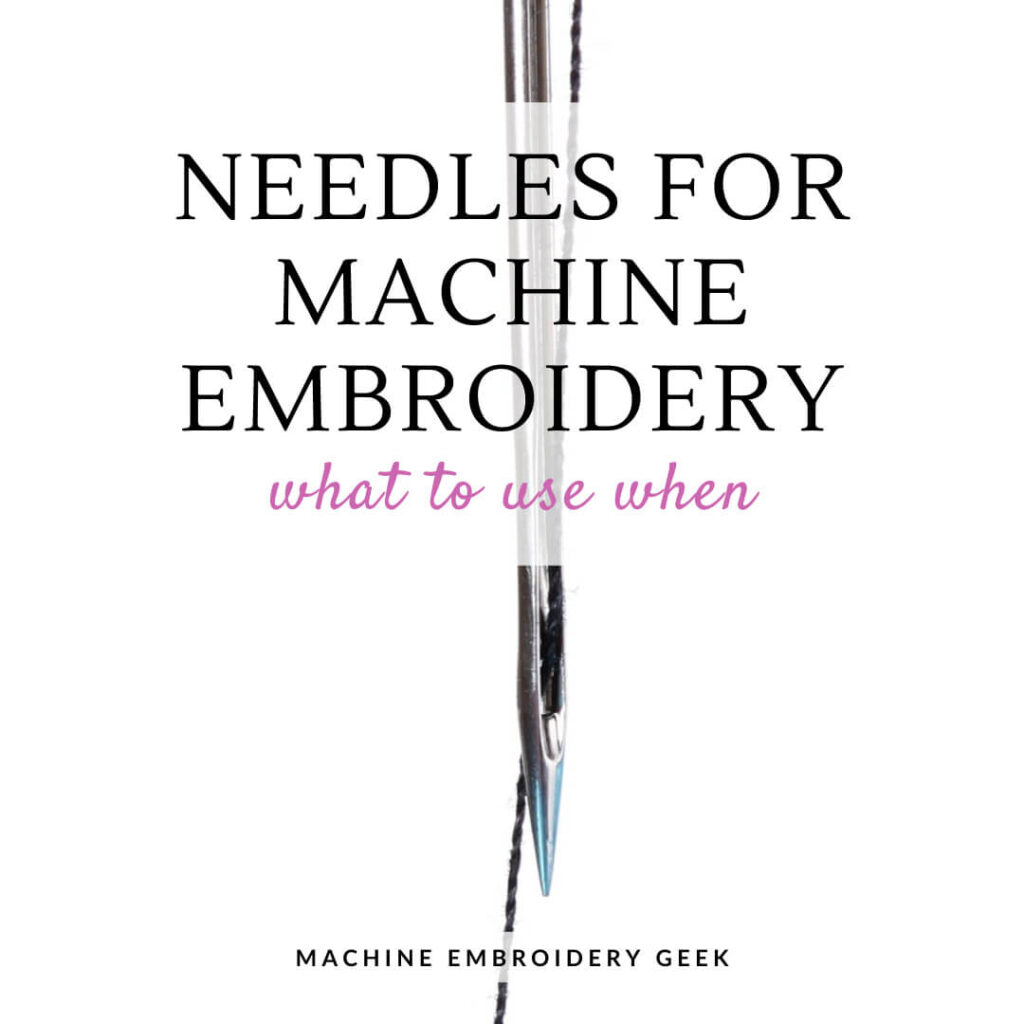
If you are new to machine embroidery, you may wonder what types of needles you should use for machine embroidery. There are, actually, needles designed specifically for machine embroidery that are different from regular sewing machine needles. But, like regular sewing needles, needles for machine embroidery come in many different types and sizes, so it may be confusing to know when to use what.
So, what types of needles are there? What is the difference between them? Which ones do you need for embroidery? Read on to learn about what kinds of machine embroidery needles you can use, and how they work differently than other types of needles.
Products mentioned in this post
How do embroidery needles differ from regular sewing needles?
At first glance, sewing needles and embroidery needles look pretty much the same. But, if you look a little closer, you may notice a difference.
The key difference between a needle designed for an embroidery machine and a regular sewing machine needle is the size of the eye. Embroidery needles have a larger eye which allows the thread to pass through more readily. The smaller eye of a regular sewing machine needle can create friction and snag the thread if they are used for machine embroidery.
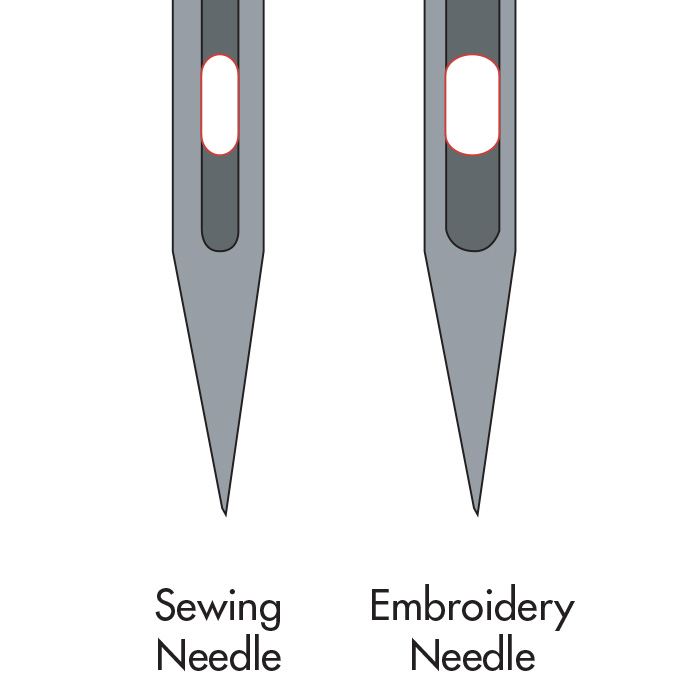
Do I need to use embroidery needles on my embroidery machine?
No, not necessarily. Some people use standard universal needles for machine embroidery, and report no issues in doing so. But, if they haven’t ever used embroidery needles for machine embroidery, they may not realize how much better their machine would stitch. You have to ask yourself, if needle type did not make a difference then why would manufactures sell so many different types?
Some people have learned the hard way that using embroidery needles can improve the performance of your embroidery machine. If you try embroidering on high speeds using regular sewing needles and the thread starts shredding and snapping, or even locking up the embroidery machine, it could be caused by he eye of the needle and friction. The situation can be exacerbated when embroidering with special threads like metallics. It is likely that if you switch to embroidery needles, your problems will dissipate.
Where can I buy embroidery needles?
Any fabric store that sells embroidery machine will carry embroidery machine needles. However, you will get the best deal if you buy them in bulk online. For example, you can buy 100 Organ embroidery needles from Amazon for about $20. Just be sure to get the right shape for your machine and the appropriate size and type for your project.
How are the embroidery needles sized?
Once you start shopping for embroidery needles, you may notice that the package is labeled with two numbers separated by a forward slash. These numbers can range from 65/9 up to 100/16. Probably the most common size of embroidery needle that I use is 75/11.
Until recently, I had assumed that the two numbers represented two different dimensions. But guess what? They are actually two numbers representing the diameter of the needle using different measurement systems.
So, just ignore the second number and focus on the first. It is simply the diameter of the needle in millimeters multiplied by 100. I suppose when they decided to label the needle packages they though the decimal places looked too messy. Who knows. The bottom line is that a 75/11 needle has a diameter of .75mm. And, a larger value means a thicker needle.
When should you use different sized needles?
When choosing what size embroidery needle to use, keep in mind, the smaller the needle, the smaller the holes and the better for finer, thinner fabrics. Larger needles produce larger the holes which make them better for thicker fabric. In addition, when embroidering with decorative threads that may shred easily, you will want to choose a larger needle.
What are the different embroidery needle shapes?
In addition to having different thicknesses, embroidery needles also come in different shapes, the most common being ball point and sharp. A ball point needle has a rounded tip, and a sharp needle has a pointed tip.
When to use different shaped embroidery needles
Some people swear by ballpoint needles, and use them for pretty much everything. Again, this may require some experimentation. As you work with different materials, it’s a good idea to record what type of needle you use to achieve the best results.
A sharp needle is generally used for embroidering on thick fabrics with heavy weight thread, like denim and canvas. The point of the needle is intended to pierce through the fabric rather than slide along side it.
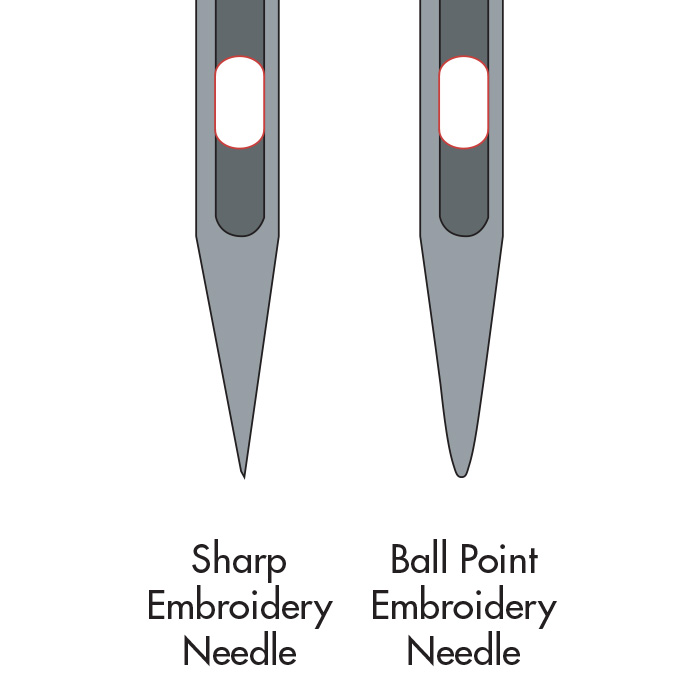
Do all embroidery needles work in every embroidery machine?
No! Embroidery needles can have different shank shapes. The shank is the top of the needle that gets inserted into the embroidery machine. If the shank of the needle is not designed for your embroidery machine, its like trying to fit a square peg in a round hole. Using an incompatible needle can cause problems like tip breakage, skipped stitches and poor tension.
Embroidery needles either have a round shank or a round/flat shank. The round/flat shank is more common, but definitely check your manual to determine what type of shank shape your machine requires what your machine takes before buying more embroidery needles.
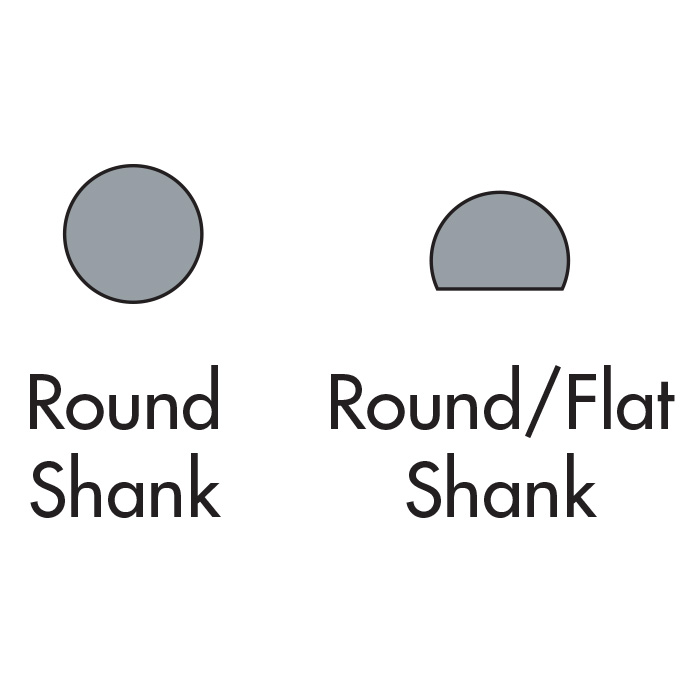
Do embroidery needles come in different materials?
Yes! Actually, you can buy titanium embroidery needles. Titanium needles are more expensive than regular embroidery needles but they are also stronger and last longer. They are recommended for use in commercial embroidery machines that stitch through tough fabric, but you can also use them in home machines.
In addition to titanium needles, you also have the option of buying gold or silver embroidery needles. Gold and silver needles cost more up front but they do not cause oxidation. Oxidation is the corrosion of metallic parts due to chemical oxidation. It can be a problem when embroidering with metallic floss because after a while, a dark gray residue starts building up on the inside of your hoop and in your embroidery machine. These types of needles have been dipped in liquid metals so they won’t corrode.
How often should I change the needles on my embroidery machine?
There are two schools of thought on this. You can wait until the needle breaks, or you can be proactive about changing your embroidery needle. I have read that embroidery needles should be changed every 8-10 hours of stitching. But who keeps track of the hours they spend embroidering?
A sewing instructor once advised that if your thread breaks three times, it’s probably a pretty good indication that your needle needs to be replaced. Other clues that you probably need to change your needle on your embroidery machine is when you start seeing skipped stitches, and definitely if you notice bent tips or a lot of dust around the machine. The dust is caused by thread and dirt building up on the tip. While that’s good advice, who wants to go through the pain of rethreading the machine three times. It’s better to be proactive about changing the needle.
I treat changing needles more like an oil change. I simply make a note of when I last changed my needle on a post it near my machine. If it’s been a month or so since I last changed it and I’ve been embroidering a lot, then I will get out a new embroidery needle. I have found that being proactive about changing the needles on my machine, even if it’s only once a month, has eliminated skipped stitches, tension problems and thread breakage.
Some embroiderers claim that they can HEAR when the needle(s) need to be changed. I certainly can not. (Maybe I need to get more in tune with my embroidery machine??) Anyway – if you are having thread trouble, changing your embroidery needle is a good place to start troubleshooting.
How do I prevent my embroidery needles from getting sticky?
If you are using temporary adhesive or adhesive-backed stabilizer, your needles can get a bit gummed up. Fortunately, you can remove the stickiness with a bit of alcohol. So, it’s a good idea to keep q-tips and alcohol by your embroidery machine so you can quickly clean off your needle.
An alternative suggestion is to put wax paper under the hooped item and the needle plate. It keeps the adhesive from sticking to the needles
Why are my needles breaking?
It can be super annoying when your needles break when you are embroidering. Sometimes it’s hard to know why it’s happening. Check out my previous post on why embroidery needles could be breaking.
What am I forgetting???
I hope at this point you are feeling more confident about what needles to use for different scenarios on your embroidery machine? But, what did I miss? Please let me know in the comments below!
Thanks and Happy Stitching,
Julie






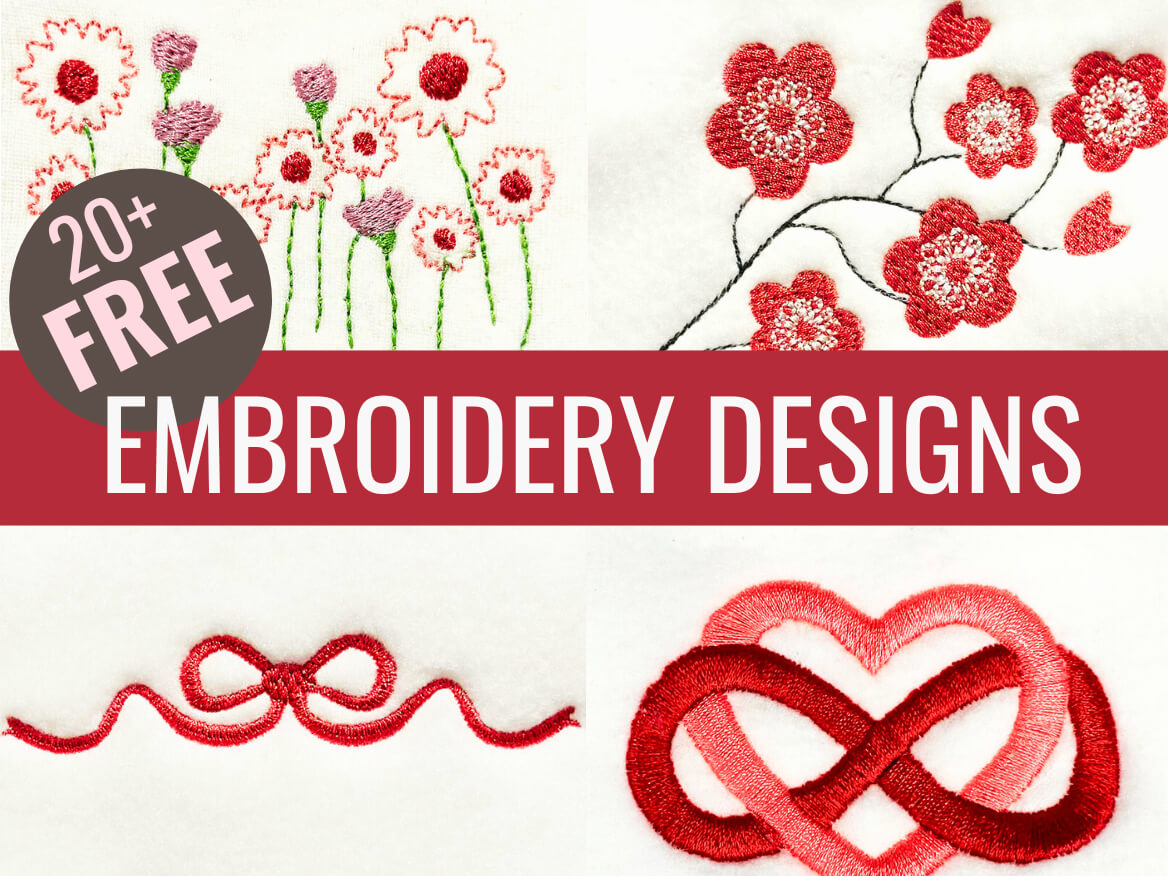
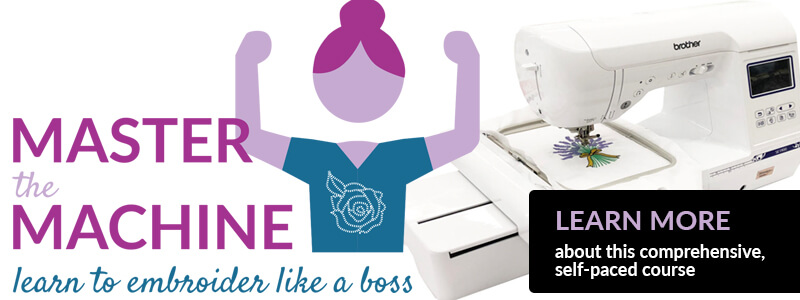
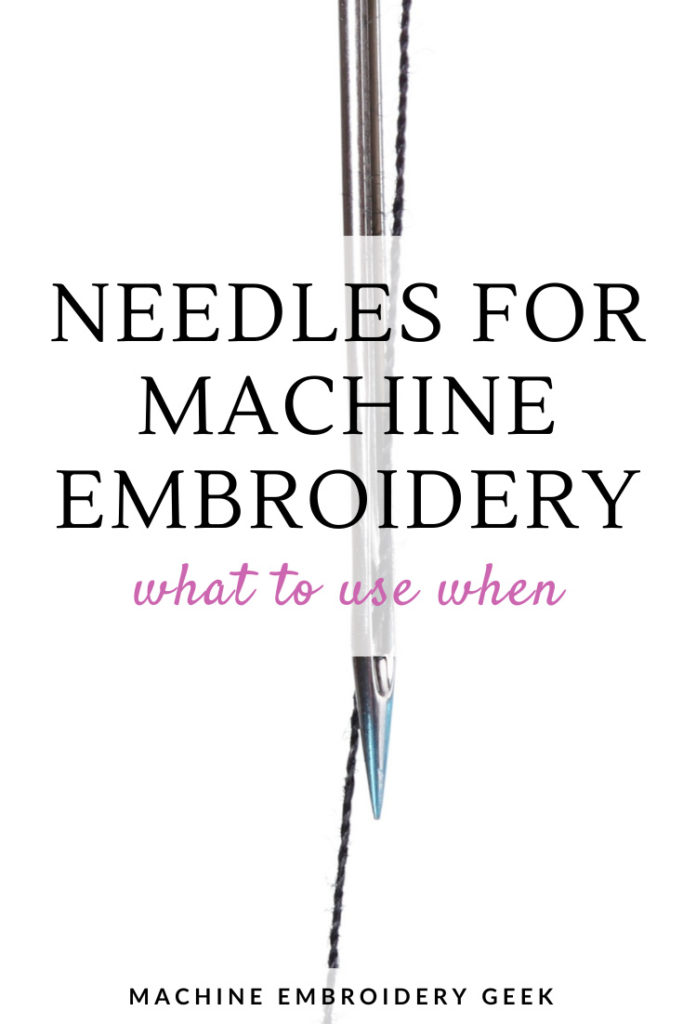
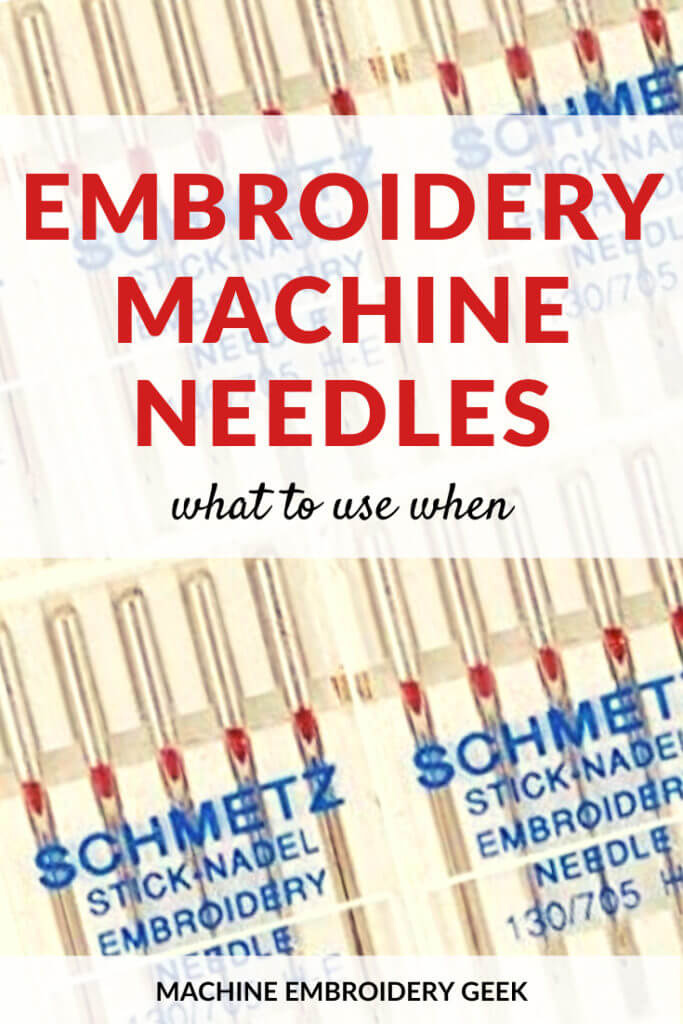
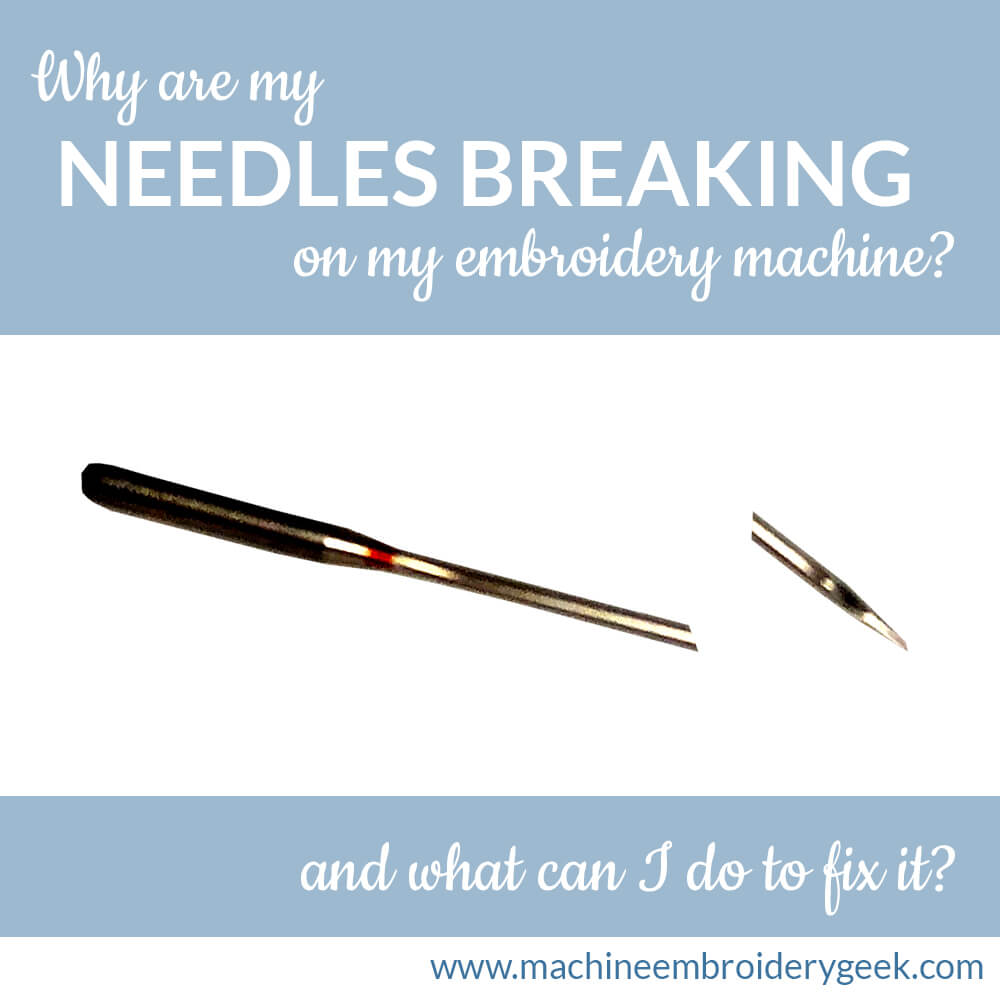
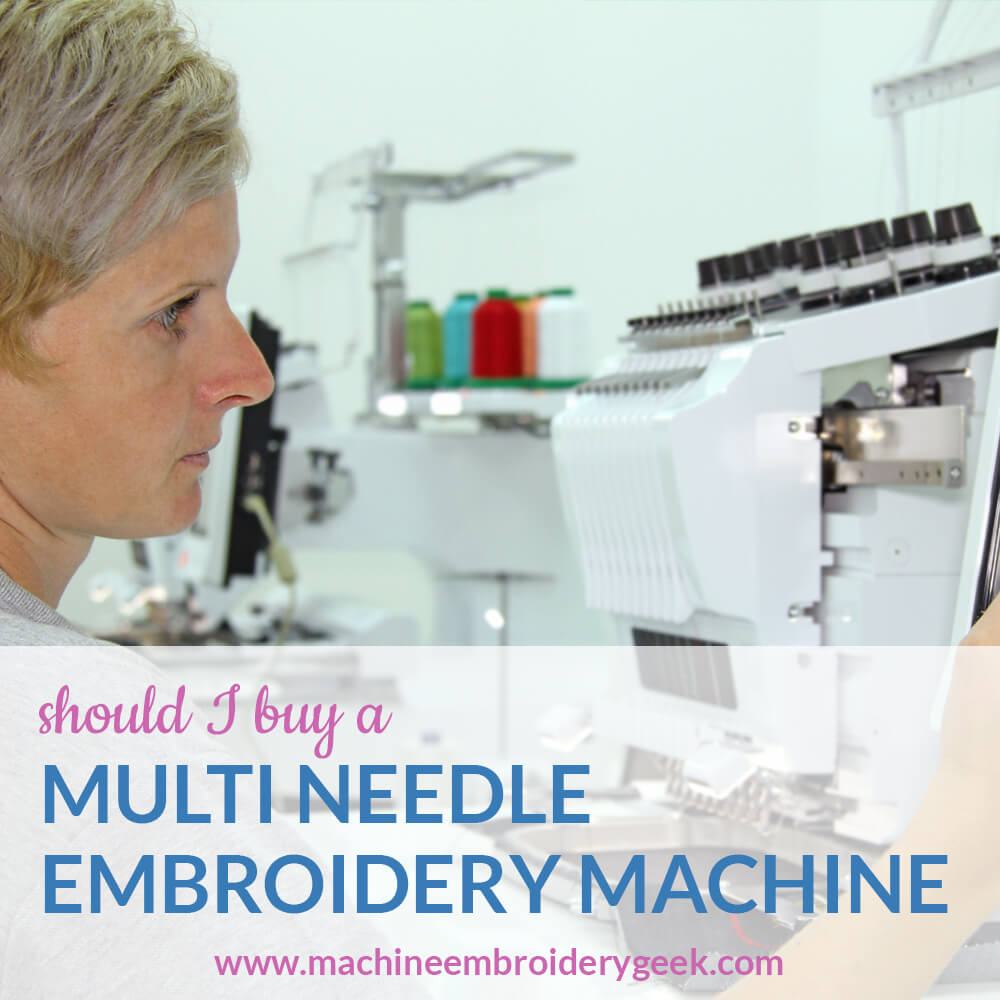
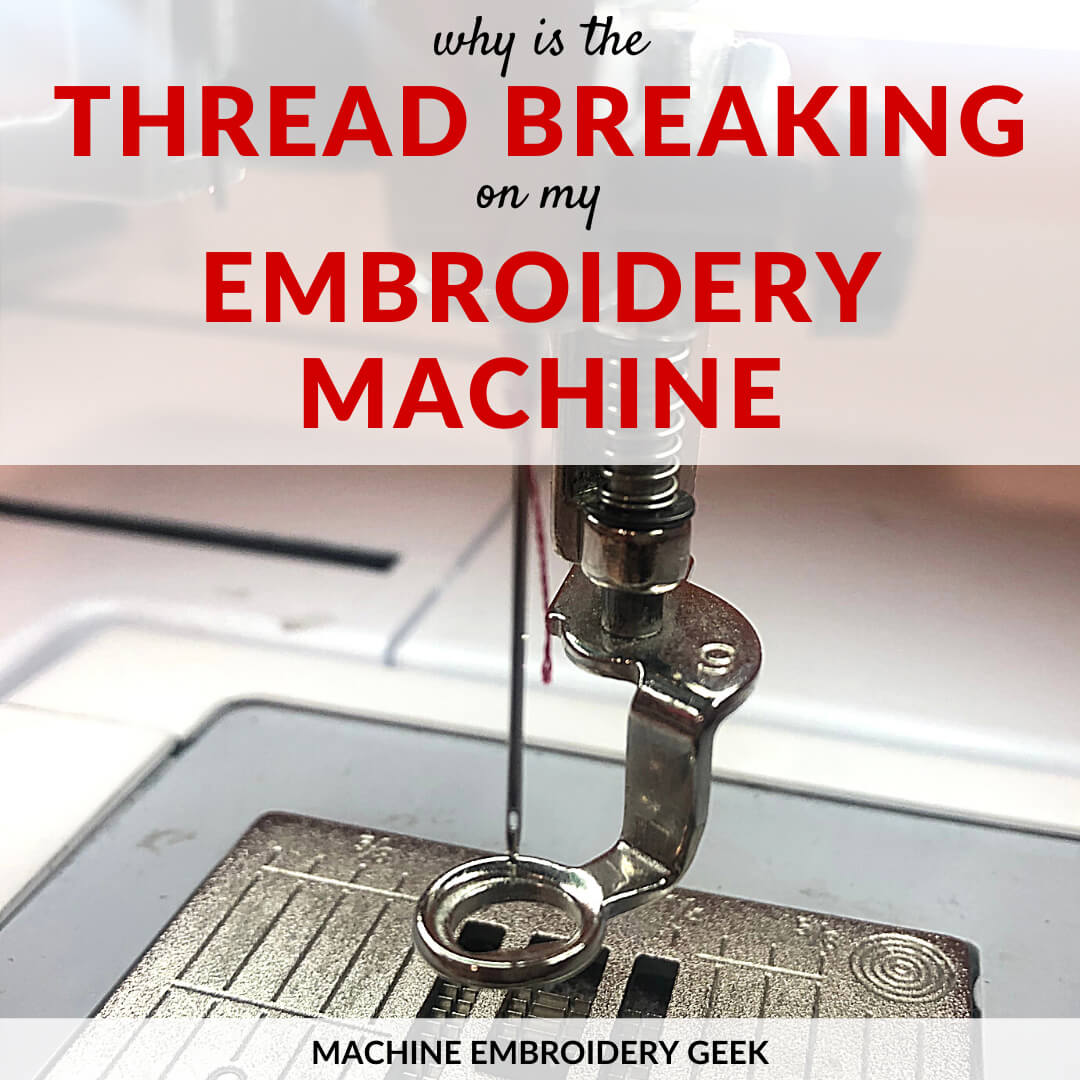
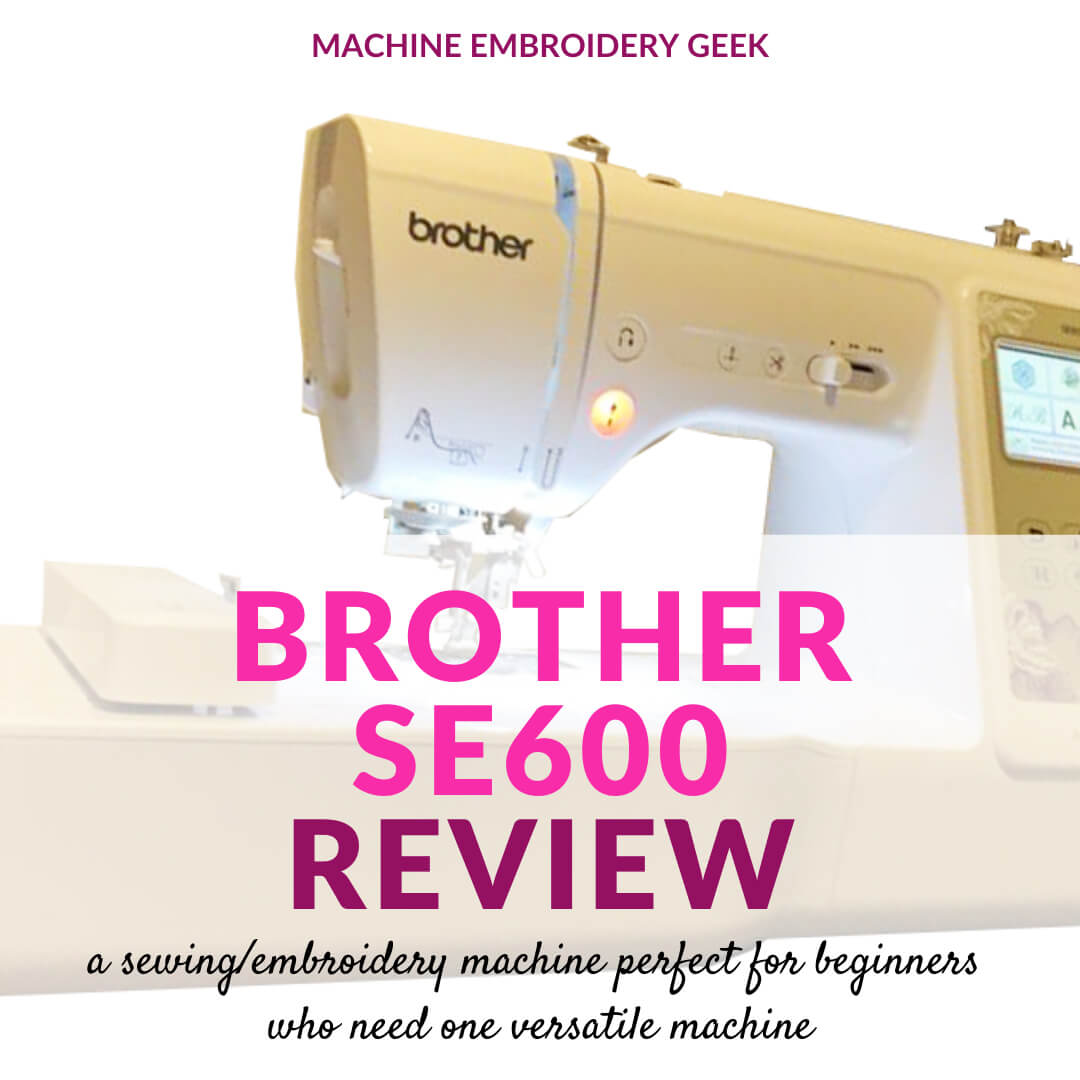
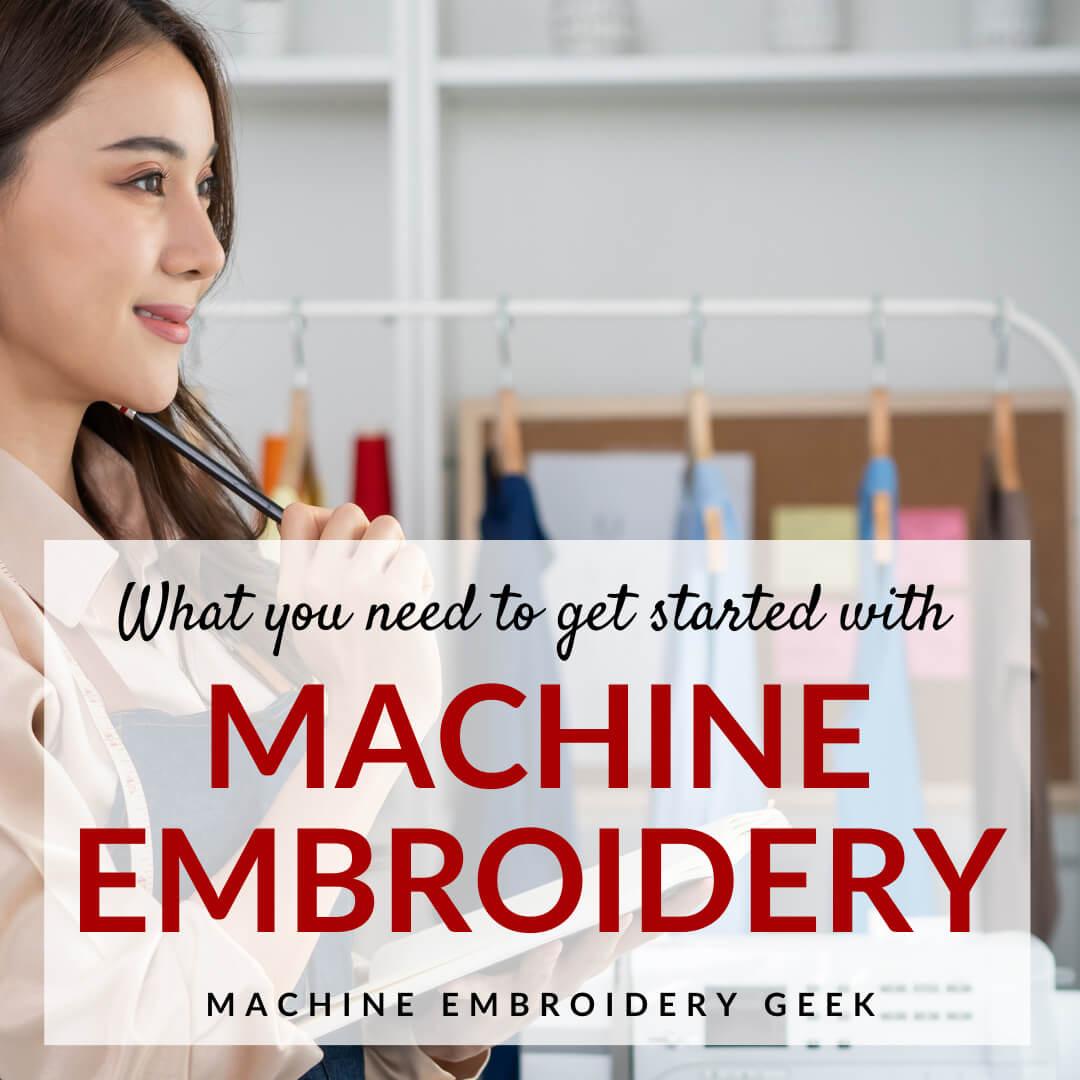
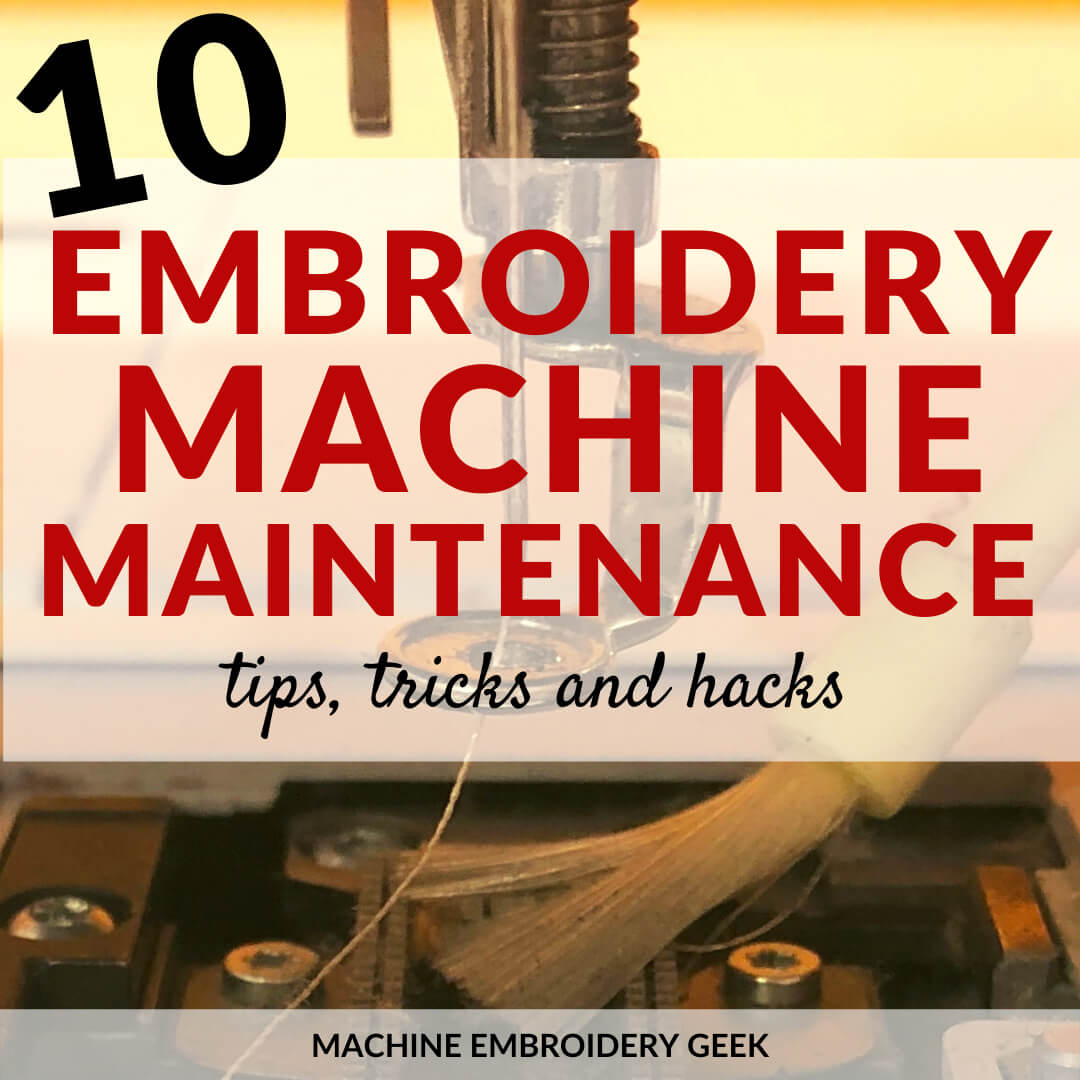
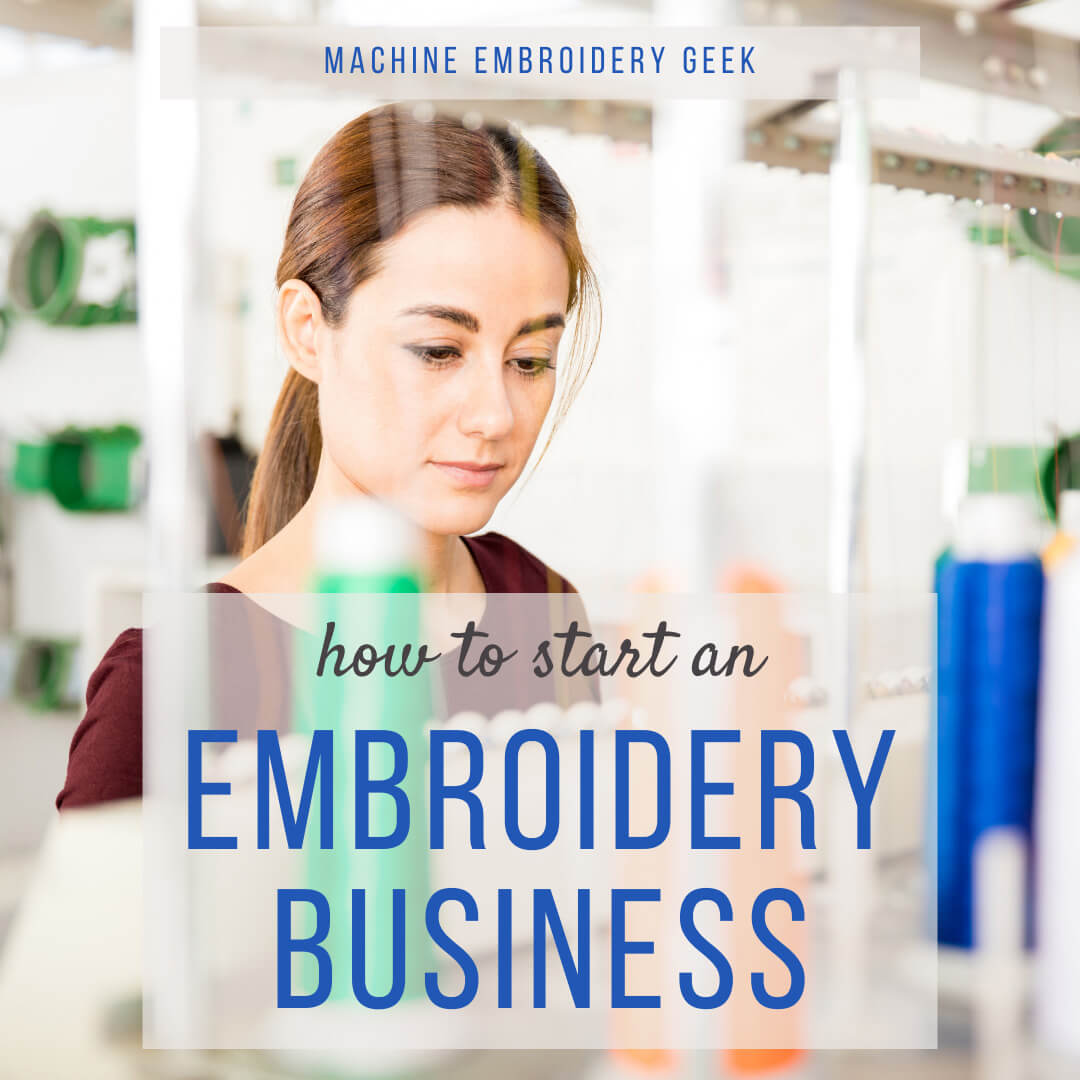
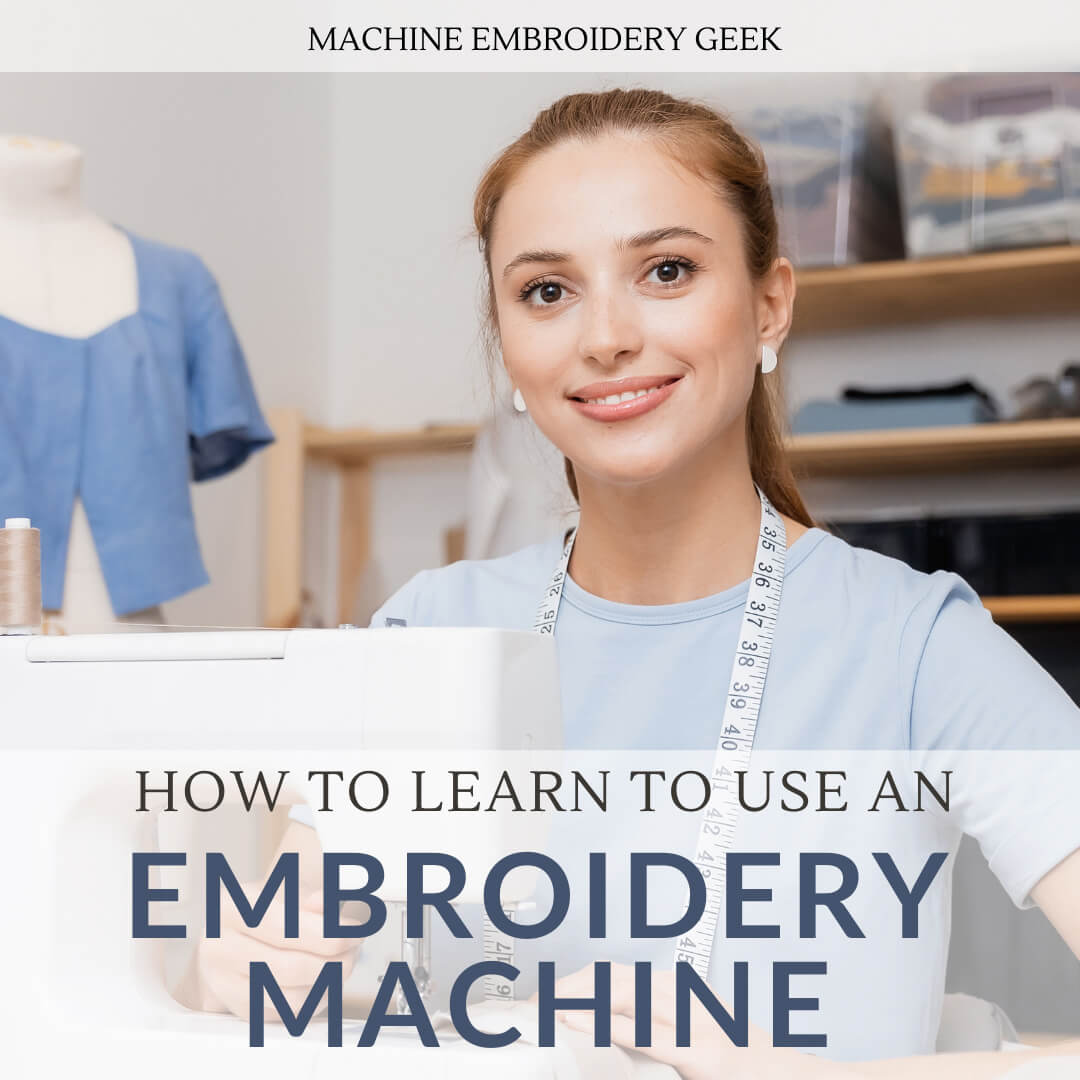
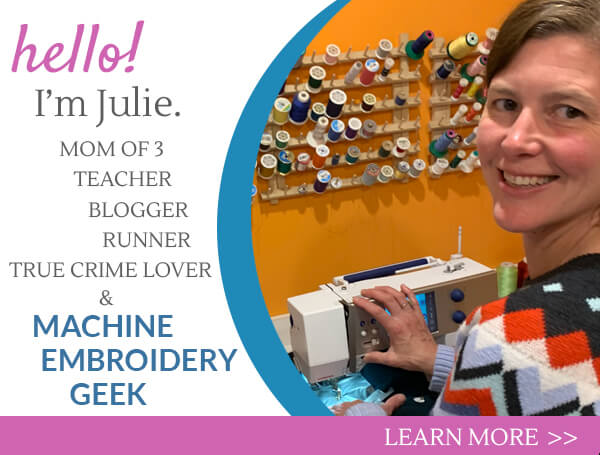
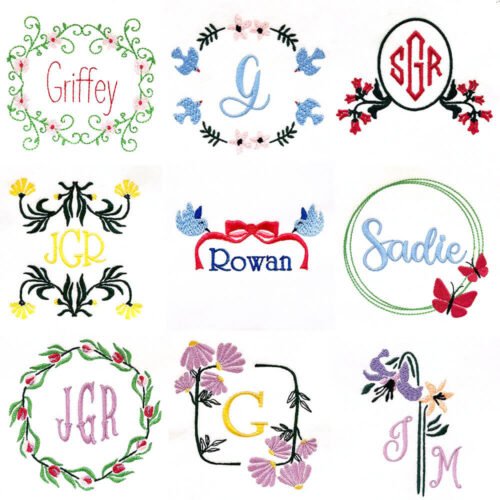
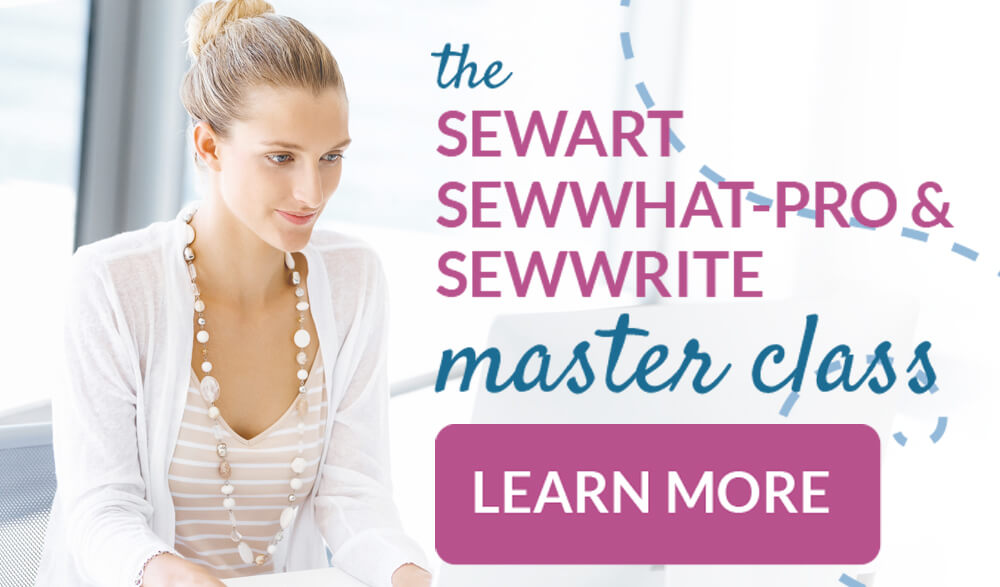
Very good information. Thank you!